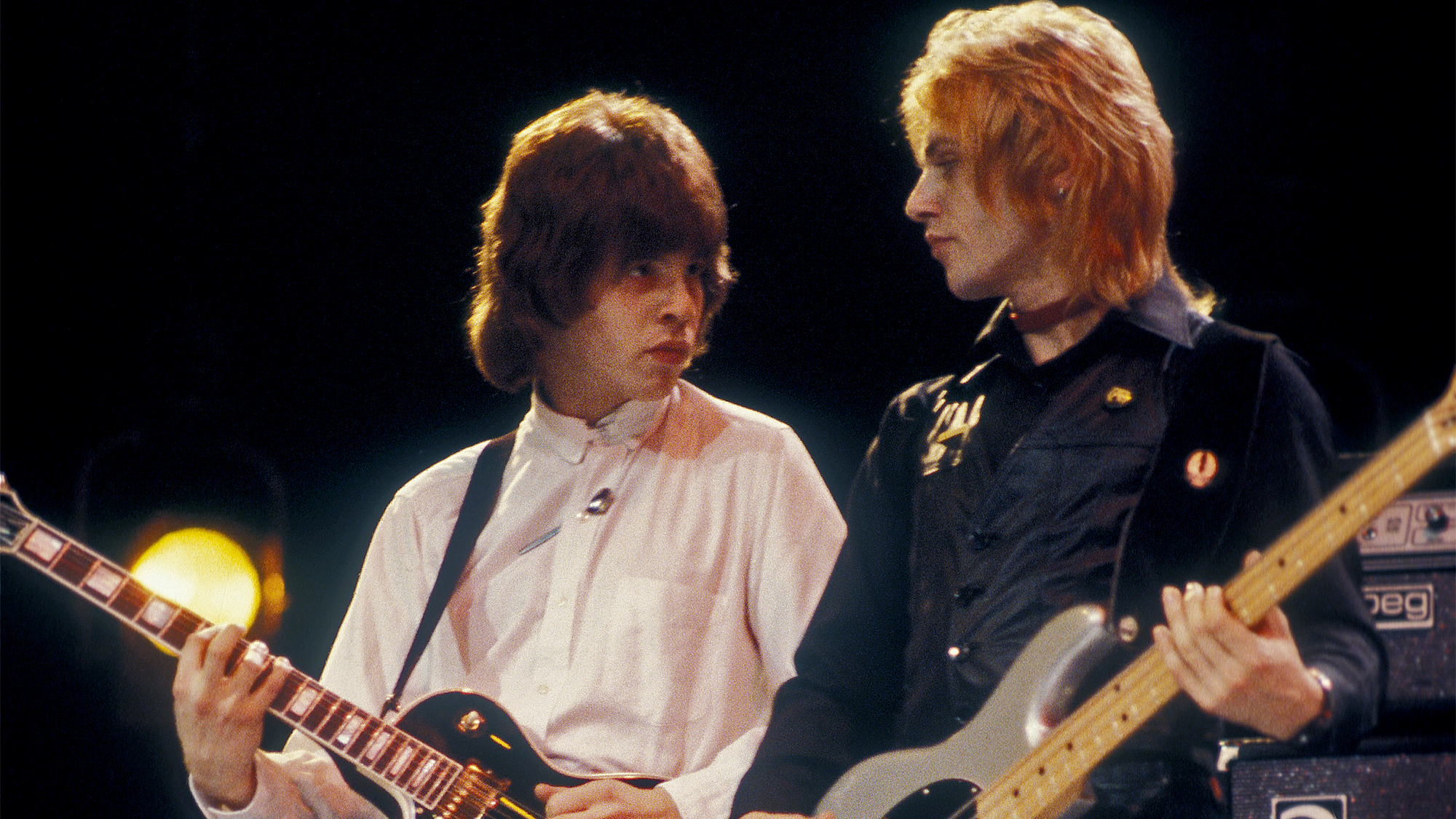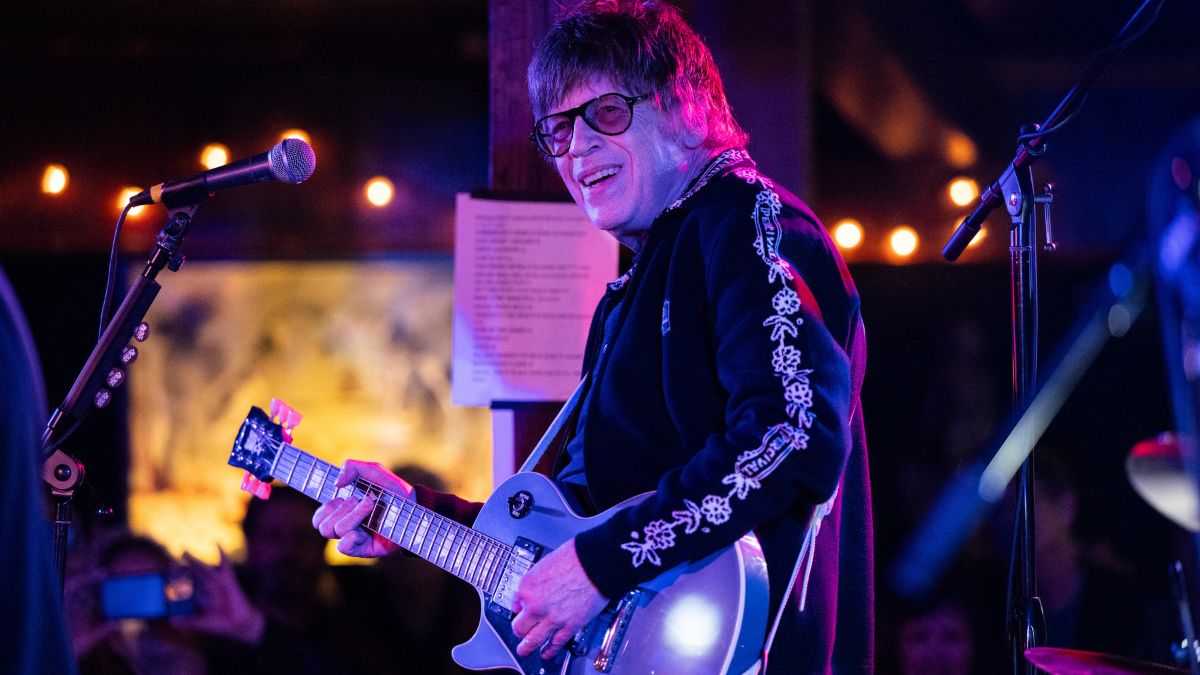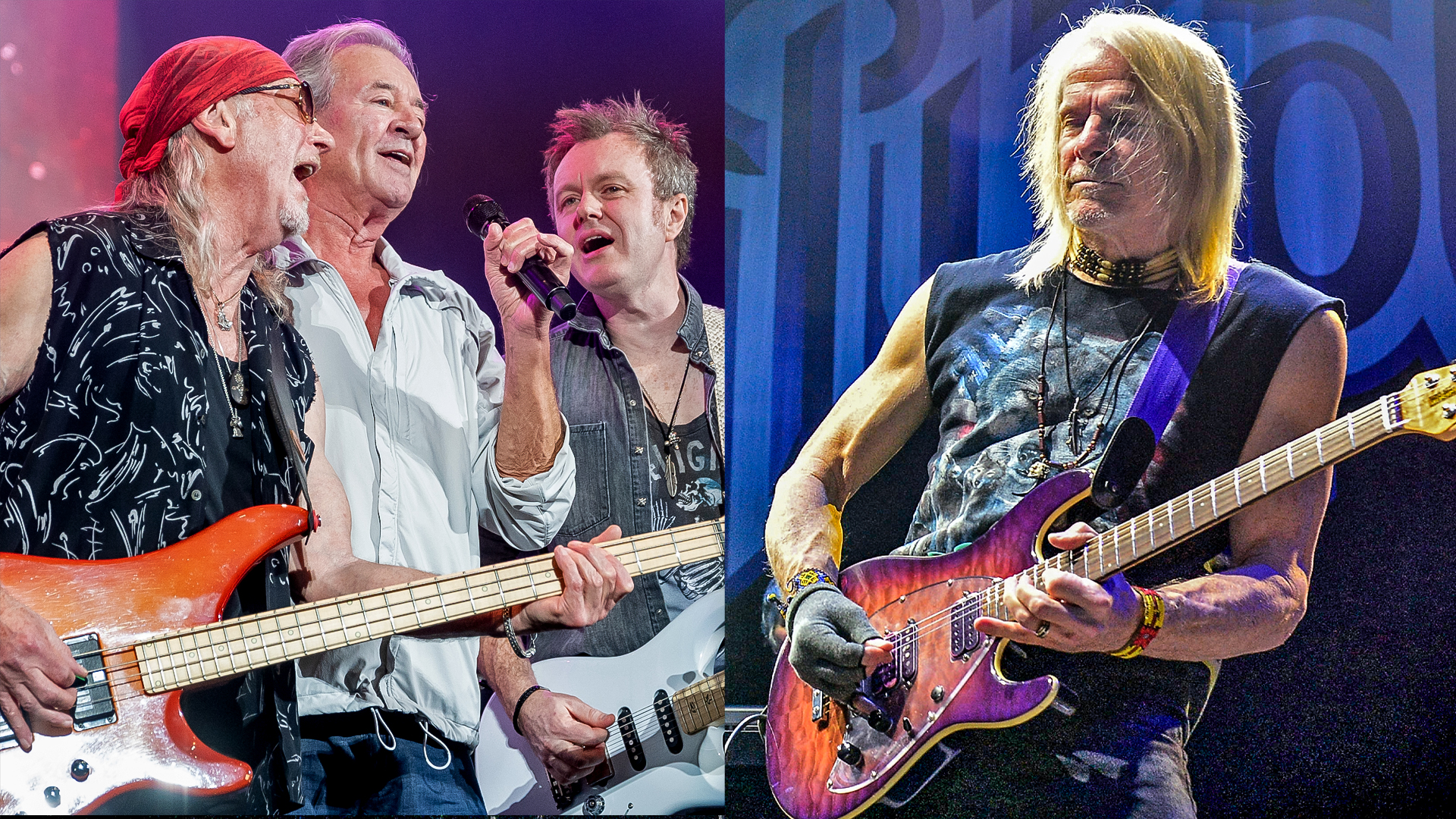"I gave him the guitar and said, ‘You tune the damn thing!’" Elliot Easton reveals how Mutt Lange drove the Cars mad when making their 1984 comeback, 'Heartbeat City'
Having cut their first albums with Queen producer Roy Thomas Baker, the band sought Lange's magic touch, only to find it far heavier than they imagined

Mutt Lange has five Grammy wins to his name and credits working with some of the biggest names in rock and pop. Despite the producer's genius, former Cars guitarist Elliot Easton says working with him pushed the group to the edge.
The late Roy Thomas Baker, a key figure in Queen's rise to stardom, had played a similar role for the Cars, producing their first four albums and shaping their early success.
But for 1984’s Heartbeat City, which would feature “Drive,” their biggest single, the band turned to Lange. Easton accepts that he helped bring “a beautiful album” to fruition, but he thoroughly tested the band’s patience during their seven months of session work at Battery Studios in London.
“Mutt's approach is very cinematic, widescreen, but he also wanted balls and clarity,” Easton tells MusicRadar. “It’s almost contradictory, but he wanted spontaneity and perfection. He wanted the perfect take — but he also wanted me to just grab the guitar off the stand and rip through things."
By the time he worked with the Cars, Lange had established himself as the go-to producer for mainstream rock acts like Def Leppard, Foreigner and AC/DC. But his techniques weren't necessarily right for a new-wave act like the Cars.
“Some of the things Mutt was used to doing with Def Leppard and AC/DC didn’t really wash with the Cars,” Easton says. “We were a self-contained thing. We were just looking for his sonic touch to give us a great-sounding record.”
The band quickly learned Lange wasn’t the type to simply offer his sonic touch. He began micromanaging the band at every turn.
All the latest guitar news, interviews, lessons, reviews, deals and more, direct to your inbox!
“We did great work with him,” Easton accepts. “It was just different than the way we did it with Roy Thomas Baker. Roy never really interfered or got involved with the musical content. He was focused on making it sound huge.
“Mutt had arrangement ideas for parts that he would suggest, not all of which we accepted."
One look at Lange's album credits makes it clear that he likes to have deep involvement in his projects, including the songwriting, as he did with Def Leppard's Pyromania and Hysteria.
“If I’m not mistaken, Mutt wanted to ‘help’ Ric with writing a part, and Ric did not want any help,” Easton divulges. “But he would push, man. Roy was meticulous, but he was also just going for a great feel and had fun with it. Mutt was exacting. He had things under a microscope in a different way.

That extended to the tuning of Easton's guitar.
“I remember tuning up after every take on guitar. He’d say, ‘Check the tuning, man!’ It could be a three-note punch-in, and he’d have me check the tuning.
"This went on and on. We were there for almost a year, and by the end of it, I got frustrated. One day, I just gave him the guitar and said, ‘You tune it. I can’t take this anymore!’”
It happened as the pair were tracking the song “Magic” on a Stratocaster Elite.
“It’s a rare, kind of unusual model, and they didn’t make it for very long," Easton explains.. "They have three buttons, and the pickups have no pole pieces, so I guess they’re noiseless.
“I was doing the solo, and at one point, after trying different approaches, I was getting frustrated. That was the time I gave Mutt the guitar and said, ‘You tune the damn thing!’
“He said, ‘Can you try like a David Gilmour approach?’ I got really mad and said, ‘How about if I try an Elliot Easton approach?’
"The next take was the take!"
Lange's meticulousness recalls that of Yes guitarist Steve Howe. As he told Guitar Player, when it came to tuning his guitars, he never left it to his tech but did it himself.
“I didn't believe anybody else could tune them better than me,” he says, "and I didn't want to go on and go, 'Oh, no, this is wrong, mate.'
“So the tech did all the electrical things and brought the guitars to me and I tuned them and he took them to the stage. It didn't seem a lot of work 'til I found a guy who could tune as good as me. I said, 'Right, you're tuning now!’”
A freelance writer with a penchant for music that gets weird, Phil is a regular contributor to Prog, Guitar World, and Total Guitar magazines and is especially keen on shining a light on unknown artists. Outside of the journalism realm, you can find him writing angular riffs in progressive metal band, Prognosis, in which he slings an 8-string Strandberg Boden Original, churning that low string through a variety of tunings. He's also a published author and is currently penning his debut novel which chucks fantasy, mythology and humanity into a great big melting pot.



